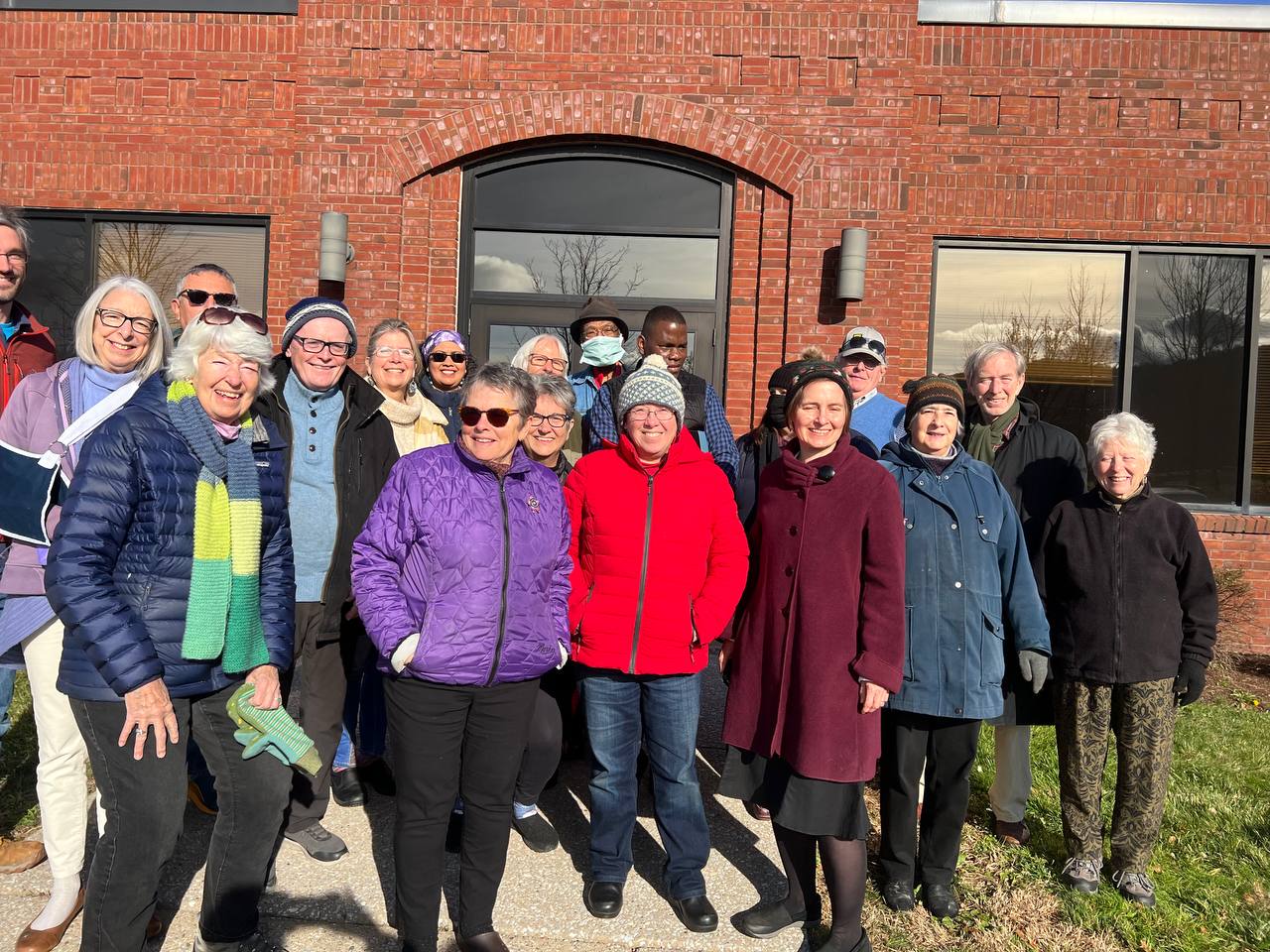HUMAN RIGHTS

This issue of Human Rights focuses on health and health rights, highlighting some of the extreme disparities that exist for millions of people living in the United States due to the lack of health care and health rights and making some recommendations for what we can do. As these articles point out, in contrast to many other countries, the United States does not recognize a constitutional or legal right to health or health care (unless you are in prison). This does not mean, however, that there are not laws that establish some rights to health coverage.
The oft-repeated phrase, facts matter, applies here. This issue’s authors offer a parade of facts:
- From Khiara M. Bridges: People of color are less likely to be given appropriate cardiac care, receive kidney dialysis or transplants, or receive the best treatments for stroke, cancer, or AIDS.
- From Mary Smith: Funding of the Indian Health Service would need to nearly double to match the level of care provided to federal prisoners.
- From Erika Ziller and Andrew Coburn: The mortality rate for rural working-class whites is rising, driven by “despair deaths” from suicide, liver disease, and accidental poisoning, in particular from opioid and other drug overdoses.
- From Gretchen Borchelt: Women need more health care but are more likely to be poor and routinely forgo needed care or struggle with medical debts.
What has been happening to address disparities such as these? The articles identify three notable changes over the last 10 years. First, the Affordable Care Act (ACA)—the most significant advancement toward universal health coverage in the United States since passage of Medicare and Medicaid over 50 years ago.
The ACA requires most individuals to have health insurance, provides premium supports to help lower- and middle-income people purchase insurance, bars health insurers from refusing coverage based on things like pre-existing conditions, and expands Medicaid to individuals with incomes below 138 percent of the federal poverty level (primarily childless adults who are not pregnant or eligible for Medicare).
After the ACA was implemented, the rate of uninsured fell from 16 percent in 2010 to 9 percent in 2016. In those states taking up the Medicaid expansion, health access and utilization improved across the board; medical debts decreased; hospital uncompensated care decreased dramatically; rural hospitals regained footing; and jobs were created within and outside of the health care field.
As Timothy Stoltzfus Jost points out, the ACA expanded benefits for the bottom quintile of the population, financed considerably by taxes on the wealthiest Americans and corporations (a regime likely to be undercut by the 2017 tax cuts).
Second, there was an increasing awareness of social determinants of health—the acknowledgment that clinical care cannot go it alone because complex and overlapping social, environmental, and economic factors affect health.
Mariam K. Ahmed’s discussion of the nutritional crisis in underserved communities illustrates this, identifying five determinative factors for obesity: food insecurity, food deserts, food swamps, mobility, and nutritional education. Khiara M. Bridges cites population management approaches to diabetes care that, along with improvements in clinical care, have resulted in a fast decline in kidney failure from diabetes in Native Americans, who once experienced the highest rate of any race.
Third, there is a growing recognition that implicit (unconsciously held) biases affect quality of care. The National Academy of Medicine has noted that “racial and ethnic minorities receive lower-quality health care than white people—even when insurance status, income, age, and severity of conditions are comparable.” Khiara M. Bridges’ article points out that implicit biases exist in the general population and among health care providers, and they affect our health.
In addition to highlighting health status and significant approaches to improving health status across population groups, these articles also show that, without strong and sustained national policies in place, progress can run into a wall. Soon after taking office, President Trump announced his desire to “explode” the ACA.
The Trump administration’s assault on provisions of the ACA has been relentless. Most recently, the administration took the highly unusual step of refusing to defend the constitutionality of the ACA in Texas v. United States—leaving the defense to California and 16 other states that intervened as defendants, causing three Department of Justice attorneys to refuse to sign the U.S.’s brief (one later resigned), and resulting in outcry from consumer advocates, health care providers, health insurers, small businesses, and legal scholars across the political spectrum.
The Trump administration and some states are also seeking to comprehensively transform the Medicaid program by imposing onerous restrictions on eligibility, such as work requirements (the vast majority of Medicaid recipients already work or cannot work), high premiums and co-payments (for decades, researchers have found that premiums and cost sharing shut low-income people out of necessary care), ongoing reporting requirements and lockouts for failing to submit a report (Kentucky’s program relies heavily on the Internet; however, over 60 percent of non-elderly adult Medicaid enrollees lack Internet or broadband access), and ending coverage of non-emergency Medicaid transportation (vital for rural populations). These restrictions are being challenged in court cases. Regardless of how these cases are resolved, it is clear that the Trump administration intends to tear the Medicaid safety net apart.
Whether it be Medicaid, Medicare, the Children’s Health Insurance Program, or the individual coverage offered through the ACA, over the last 60 years, our most significant advances in health and health access have occurred when health coverage has been untethered from the workplace. As these articles show, intentional, sustained, and multipronged approaches will work.
On the other side of this coin, as recent upheaval shows, tying health and health care to health insurance has not resulted in a health care system that accounts for everyone, nor one that is stable. Unless we recognize health care as a public good—one that benefits individuals and whole communities—the frailty of our “system” will continue to be exposed. Access to health care and health will continue to ebb and flow with political elections and corporate profits.
credit:: American Bar Association


















































